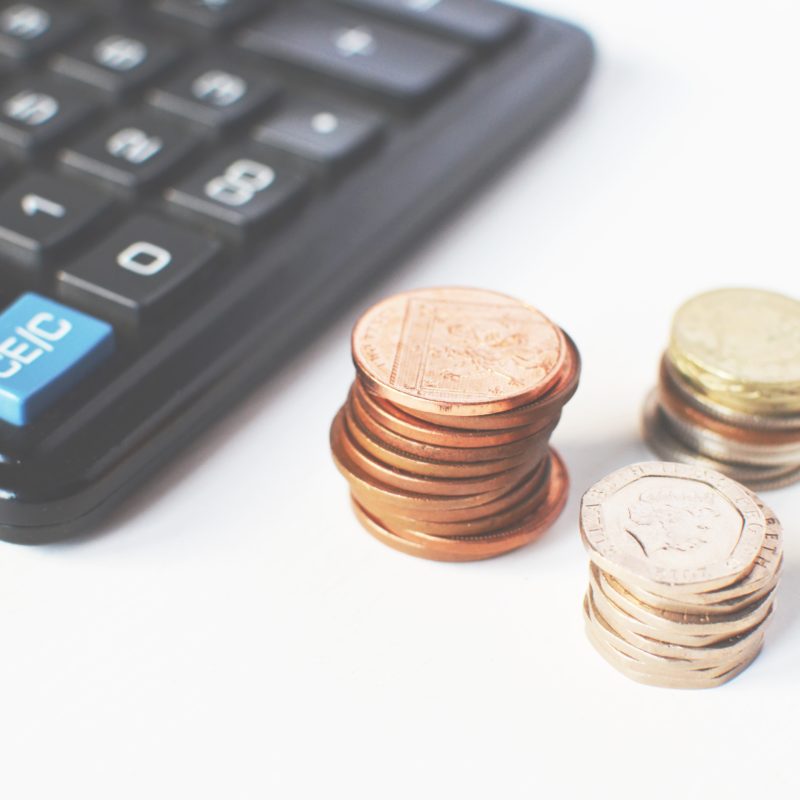Many company owners choose to take a minimal salary and a large dividend, in order to minimise their tax bill. From April 2016, the government is making major changes to how dividends are taxed in order to raise more revenue from people who pursue this strategy. As a result, company owners and shareholders who receive dividends will need to re-examine their remuneration if they want to ensure that it is still tax efficient.
Up until 6th April 2016, dividends are not liable for personal tax as long as the recipient’s earnings don’t reach into the higher rate bracket for income tax. For higher rate tax payers, dividend income is taxed at 22.5%. There are additional charges for upper rate tax payers.
This situation is complicated by the existence of the Dividend Tax Credit. This is set at 10% of the cash value of the dividend and means that the cash dividend needs to be divided by 0.9 to determine whether it will push the recipient into the higher rate.
This tax structure allows a sole director of an owner managed company to pay herself a salary that is set at the threshold for National Insurance Contributions and then top up her salary with a dividend to take her income to the higher income tax rate threshold and not be liable for any personal taxation whatsoever.
The new arrangement does away with the Dividend Tax Credit and introduces a new tax free dividend allowance for the first £5,000 of dividend income. Above this level, no tax will be paid while total personal income is below the personal tax allowance threshold, which will be £11,000 in 2016/17. Basic rate taxpayers will pay 7.5% on dividend income above the £5,000 dividend allowance. Higher rate taxpayers will pay 32.5% and those who pay the upper rate will pay 38.5%.
For a company owner who takes a salary of £8,000 and tops up their income to £30,000 with a £22,000 dividend, the amount that they will now pay is £1,050. This is much more than the £0 that they have been paying up to now. If the same person was taking a salary of £8,000 and a dividend of £52,000, the amount of tax would now be £7,550, as opposed to £5263.38 under the old regime.
The upshot is that forming limited companies will be less financially advantageous for freelancers and some company owners might want to review how they structure their own remuneration.
 Jason Cannon
Jason Cannon
Managing Director and Figures UK Founder
No matter the size of your business, whether you’re a sole trader or a Limited company, when it comes to accounting, it can be a little confusing to say the least.
That’s where we come in. We’re on hand to listen, advise and provide our expert support.
You can find lots more useful information in our blogs below or get in contact with us.





